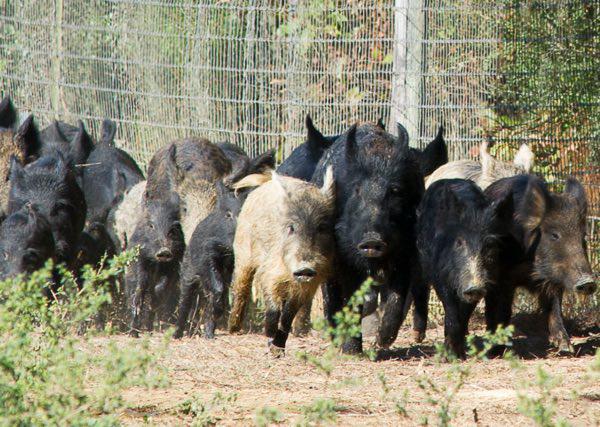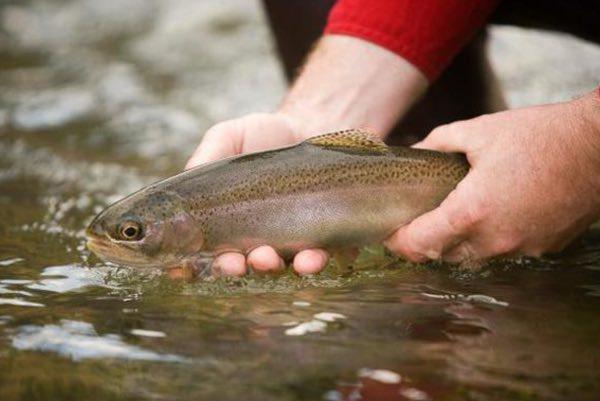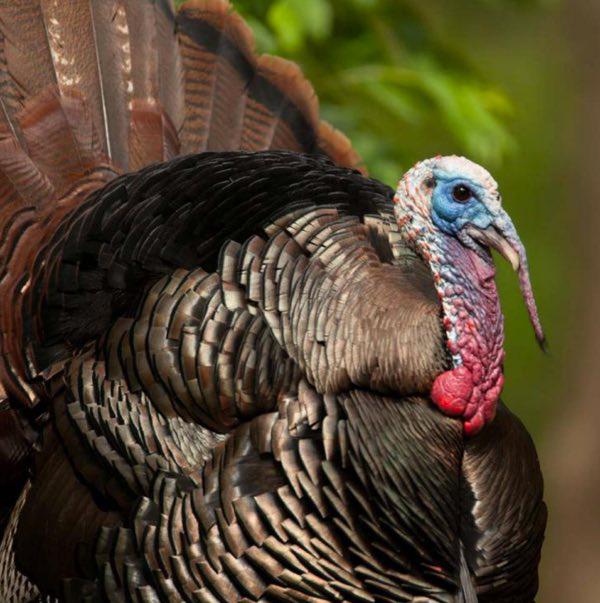




Brood-survey results show below-average turkey production in 2017.
Missouri - With fall firearms turkey season running Oct. 1-31, the Missouri Department of Conservation (MDC) advises hunters it could be a challenging season.
This year’s annual wild-turkey brood-survey shows statewide turkey production was below average likely due to a combination of poor nesting success and low poult survival from strong storms during spring and early summer.
MDC Turkey Biologist Jason Isabelle indicated that the rainfall and flooding experienced this year negatively impacted turkey production.
“We undoubtedly lost quite a few nests to flooding this year,” said Isabelle. “Even for the nests that escaped the high water, hens that are wet during incubation give off more odor than they do when they’re dry, which increases their chance of being located by a predator.”
Most of northern Missouri was dryer than the southern part of the state this spring, but in June heavy rains hit the northern part of the state, which was detrimental to poult survival.
“We did have a powerful storm roll through the northern part of the state in late June when poults were still fairly vulnerable,” said Isabelle. “Although we tend to focus on the frequency of rain events and monthly totals, we can’t discount the effects of a single strong storm that comes at just the wrong time for poults.”
How the poult-to-hen ratio is determined
Each summer, as part of the state’s wild turkey brood survey, MDC staff and citizen volunteers record the number of hens and recently hatched turkeys they see, which are called poults. These observations are then tallied to determine the success of the hatch, which is most often reported as a poult-to-hen ratio, or simply the average number of poults per hen observed during the survey. Isabelle explained that the poult-to-hen ratio is a good measure of nesting success and poult survival.
“Each year, thousands of citizens participate in the survey and we are grateful for their contribution,” Isabelle said. “During the three-month survey, participants typically report sightings of 60,000-80,000 turkeys, which is a testament to the large number of dedicated volunteers that take time to participate in the survey each year.”
2017 poult-to-hen ratio
This year’s statewide poult-to-hen ratio was 0.8, which was the same as the 2016 ratio and 43% less than the previous five-year average. Regionally, poult-to-hen ratios this year ranged from 0.6 in the Ozarks West and West Prairie turkey productivity regions to 1.3 in the Northwest region (see image).
Given the poor hatch, Isabelle says fall turkey hunting is going to be more challenging this year.
“Having fewer young birds on the landscape this year will likely result in hunters having to put forth more effort to be successful. This will be especially true in areas that experience good acorn production,” he said.
Isabelle notes that where acorns are abundant, turkeys spend more time in forested areas and do not have to range far to locate food.
“When we have a good acorn year, turkeys aren’t spending as much time in open fields where they’re very visible to hunters,” said Isabelle. “Couple that with restricted movements due to an abundant food supply in the woods, and the effects on the overall harvest can be substantial, particularly in the Ozarks.”
Although the 2017 fall prospects are not as positive as years past, October is still a great month to enjoy the outdoors, and fall hunting provides an opportunity to pursue turkeys in the setting of Missouri’s beautiful fall woods, such as MDC’s conservation areas.
Isabelle noted that relatively few people hunt turkeys during the fall firearms season, which results in low hunting pressure and little competition among hunters. “Unlike the spring season, when more than 100,000 turkey hunting permits are purchased in Missouri, typically fewer than 15,000 hunters purchase fall firearms turkey permits,” Isabelle indicated.
Hunting hours for the fall firearms turkey season are from one-half hour before sunrise to sunset. Fall archery turkey hunting runs from Sept. 15 to Nov. 10 and resumes again Nov. 22 to Jan. 15. Shooting hours for the archery season are one-half hour before sunrise to one-half hour after sunset. Both seasons have a limit of two turkeys of either sex.

